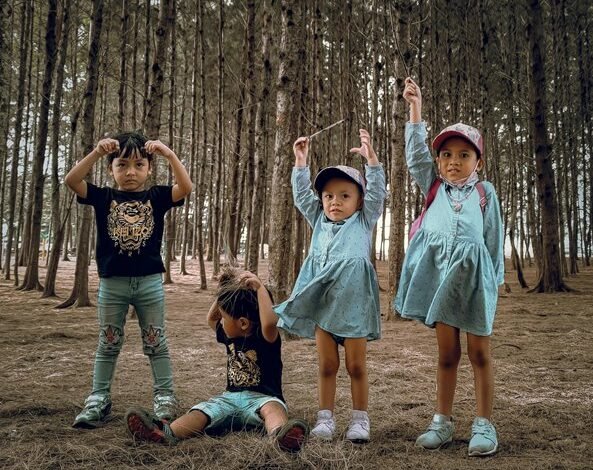Mutf_In: Kota_Smal_Cap_1fm5bc6

Mutf_In: Kota_Smal_Cap_1fm5bc6 represents a significant fusion of culinary innovation and urban design. It emphasizes sustainable practices while fostering community connections. The initiative’s design principles and technological integration reflect a growing trend in modern urban spaces. Exploring its impact on local culture and future urban development reveals deeper implications for community engagement. What remains to be seen is how these elements will shape the culinary landscape moving forward.
The Vision Behind Mutf_In
The vision behind Mutf_In reflects a commitment to innovation and community engagement within the culinary landscape.
Emphasizing urban aesthetics, Mutf_In seeks to create an environment that resonates with modernity while fostering social connections.
By integrating sustainable practices, the initiative not only promotes ecological responsibility but also enhances culinary experiences.
This dual focus aims to inspire both patrons and the broader community toward a more harmonious future.
Design Principles and Innovations
Mutf_In embodies a sophisticated approach to design, integrating principles that prioritize functionality, aesthetics, and sustainability.
By employing sustainable materials, the design promotes environmental responsibility while ensuring durability.
The concept of adaptive reuse is also pivotal, transforming existing structures into innovative spaces that serve contemporary needs.
This strategic blend of principles not only enhances user experience but also fosters a harmonious relationship with the surrounding environment.
Community Impact and Engagement
How does community engagement shape the effectiveness of design initiatives?
Effective design relies on community collaboration, fostering a sense of ownership and inclusivity. Engaging local stakeholders ensures that initiatives meet real needs, enhancing social sustainability.
Future Prospects of Urban Design
Community engagement not only enhances design initiatives but also sets the stage for future prospects in urban design.
The integration of smart technologies will facilitate the development of sustainable cities, fostering innovation and adaptability.
As urban populations grow, the emphasis on collaborative approaches and technology-driven solutions will redefine urban landscapes, promoting resilience and enhancing quality of life for residents in increasingly complex environments.
Conclusion
In the grand culinary theater of Mutf_In: Kota_Smal_Cap_1fm5bc6, where urban aesthetics tango with sustainability, one might wonder if the secret ingredient is indeed community spirit or just a sprinkle of hipster charm. As patrons sip their artisanal lattes amidst recycled decor, the initiative boldly claims to pave the way for the future of urban design. Yet, one can’t help but question whether these lofty ideals will simmer down into genuine change or simply serve as a garnish for gentrification.






